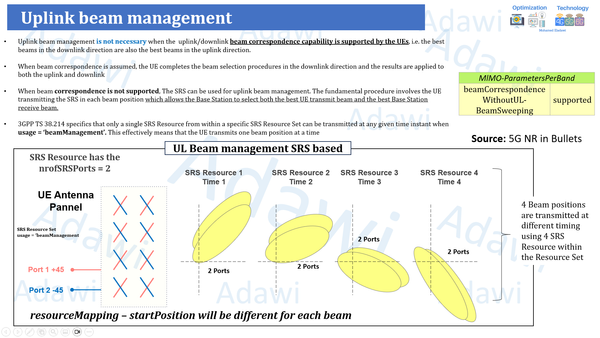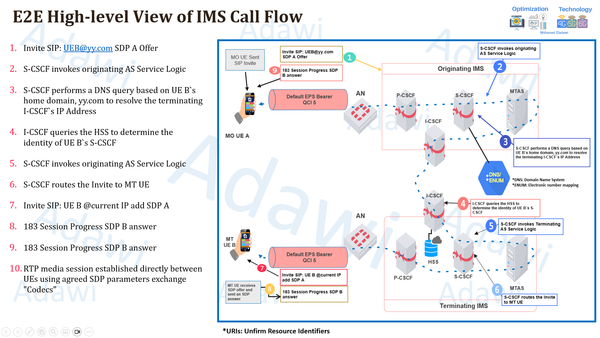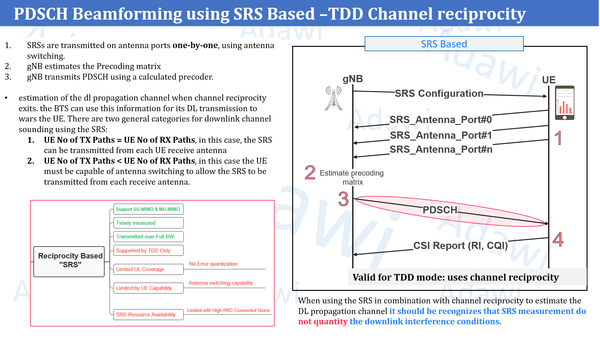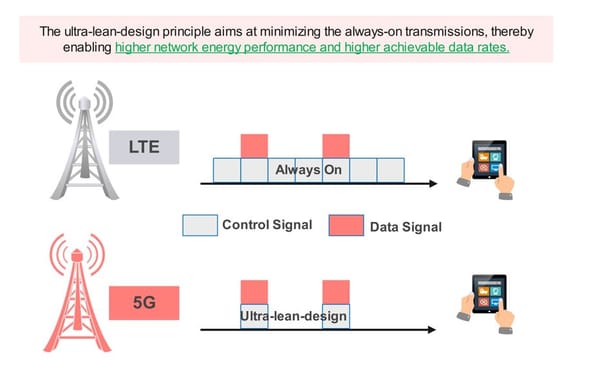Queries about 5G SA & NSA architectures, methods to check 5G SA&NSA support capability, and advantage of GSCN over ARFCN!

1- How many architectures do we have in 5G NSA & SA?, and why is Option 3X the preferred option in NSA?
5G NSA has mainly three options: Option 3, 3a, and 3X; Option 3x is preferred to overcome the drawback associated with options 3 and 3a. Let’s go through each option to understand it further.
As you can see in the below-shared figure, Option 3 has the drawbacks of tunneling all user plane data through eNodeB Legacy, and 4G Legacy has likely been dimensioned to support the air-interface speed offered by 4G; accordingly, it might limit the expected 5G Speed, or it might require extra investment to upgrade 4G BTS.
As shown below, Option 3A has the drawback of not supporting data application transfer through the X2 interface; in other words, this means that the user plane controller is the S-GW, which will be transferring/ distributing the data randomly towards either 4G or 5G BTS without considering coverage differences between both legacies.
While as seen in Option 3X, the user plane “Data Transfer “ is being handled through g-NodeB “ 5G BTS”, which means 5G BTS is controlling the data splitting or transfer, So in the weak coverage scenarios of 5G, the gNodeB will dynamically forward data across X2 interface towards the eNodeB.

2- Why does the GSCN method have a faster and more effective band scan to detect SSB position compared with ARFCN, and what does it mean by GSCN has a relatively low resolution; what does it mean by Low resolution, and why does it have a lower delay in the initial cell search?
Good question, Since the UE Needs to perform blind detection and scanning to search and find SSB location, and since the NR Band is more wide compared to 4G, blind detection based on channel raster “ARFCN” will increase the UE Access process; accordingly GSCN ”Synchronization raster “ is being used in 5G SA as it is search for SSB based on more extensive and different frequency step size based on band type.
As shown in the following table, a 1.2Mhz step is used for Sub 3G, a 1.44Mhz step is used for C-Band, and a 17.28Mhz step is used for mmWave; in other words, low resolution means the synchronization raster is limiting the number of frequency domain positions that a UE must search to find SSB as it has relatively higher search step.

3- You mentioned that not all 5G Devices currently support 5G Standalone; how do you check whether the device can support 5G Standalone?
As I know, two different methods exist to check if the device supports 5G Standalone.
1stone through 4G attach message in Layer 3, you will find an indication for SA & NSA Capability under UE network capability part which is N1mode=1, DCNR=1 ( 1 means supporting, 0 means not supporting)


2ndone is through GSMAreana; for example, it will be added to the device capability if the UE supports 5G SA, as shown below. However, if required, this still needs to be verified from layer three messages and with the device vendor.



4- What do you think is the recommended architecture that shall be used to deploy 5G Standalone?
I believe there is no direct answer to this question as this depends on each operator’s vision; however, from my point of view, if 5G NSA is already operating in the network, then it is recommended to deploy both 5G NSA/SA mixed mode together(Option2 & Option 3X) as a transition period until the network becomes reach with 5G Standalone capable devices and services.






